‘Round about Pittsburgh: Roller Coasters Run In The Family
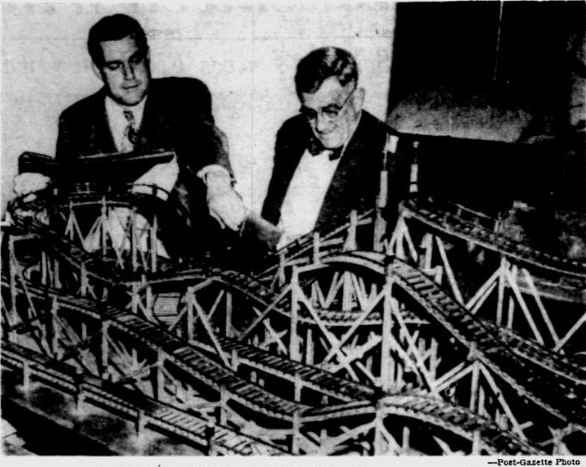
Pittsburgh Post-Gazette
Ed Vettel Sr. (Right) & Ed Vettel Jr. (Left) discuss a roller coaster model & design. Both Father & Son worked at Pittsburgh’s West View Park.
Just prior to the start of the 20th century, brothers Erwin and Edward Vettel began working on projects for Pittsburgher T.M. Harton. Harton who owned the T.M. Harton Company designed and built various attractions including Figure Eights (early roller coasters) for amusement parks across the United States and Europe. At this time, both Erwin and Edward were building and supervising construction projects all over the world.
During the early years in the amusement park industry, rides or attractions were sometimes kept as concessions, while some were purchased by parks. It was also at this time when T.M. Harton purchased property in Pittsburgh’s North Hills and opened West View Park; a park he built to showcase his own rides and attractions.
When rides were to be built in Europe, Erwin traveled to work on projects while brother Edward stayed and worked on projects in the United States.
While Edward Vettel stayed in the US, he designed the roller coasters at West View Park while becoming head of maintenance. Edward also designed the Ponchartrain Beach Park Zephyr, the Idora Park Jack Rabbit, the Willow Grove Thunderbolt, and the Ocean View Rocket. Although these famed roller coasters are no longer around, two Ed Vettel coasters still stand and operate; The Blue Streak at nearby Conneaut Lake Park and the Cyclone at Lakeside Amusement Park in Colorado. Both coasters have been named Coaster Landmarks by the American Coaster Enthusiasts. Edward Vettel would later design the trains that currently run on Kennywood’s Jack Rabbit.
Upon returning back to the United States, Erwin Vettel was hired by Kennywood Park as maintenance supervisor. When Kennywood was installing the Philadelphia Toboggan Company designed junior coaster The Teddy Bear, Erwin was responsible for the rides construction. When Erwin passed away in the 1940s, his son Andrew took over as Kennywood’s maintenance supervisor. Andrew Vettel designed and built the Little Dipper, later to be known as The Dipper. It was also Andrew Vettel who rebuilt the Racer in the 1940s and redesigned and extended the Pippin by transforming the ride into the famed Thunderbolt.
The Vettel family became heavily involved in the amusement park industry. Before long, it became a family tradition. Andrew’s cousin Robert, worked at West View Park as did Roberts brother Edward Jr., before moving and working at Ponchartrain Beach were his father’s-designed Zephyr roller coaster was located.
Although very few Vettel coasters still exist, they all are known for distinct trademarks that include the combination of hills, curves, and track design. This local family made large contributions to the amusement park industry and the famous American roller coaster. It is my hope that this article will help keep the legacy of the Vettels’ work within the amusement park industry alive in the modern day.



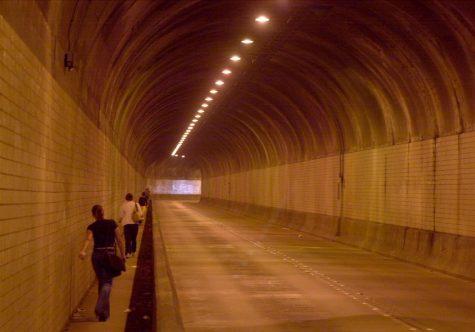
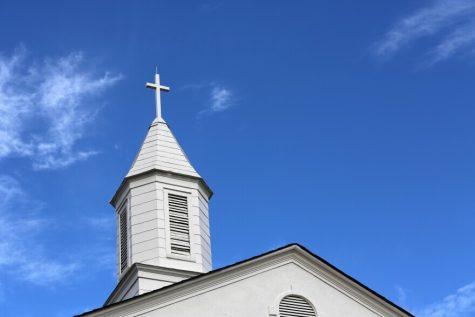
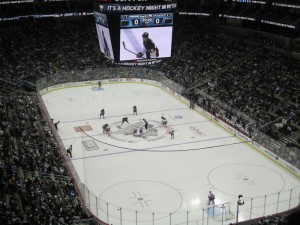
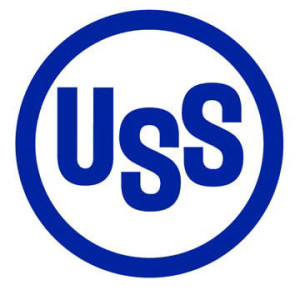
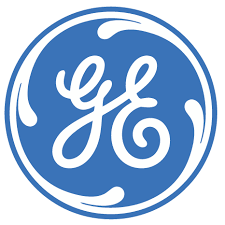
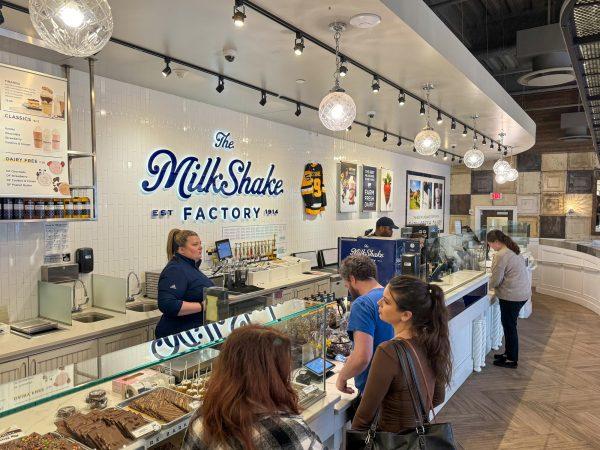
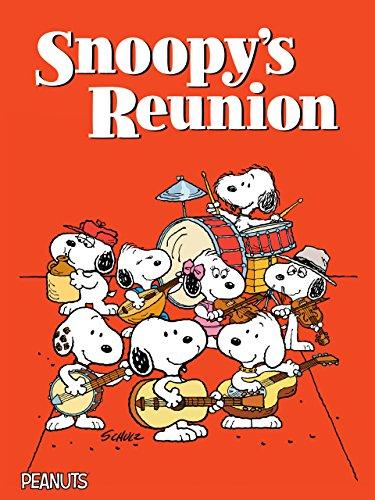



Albert Snyder • Apr 22, 2016 at 1:26 pm
In 1969 I was hired by West View Park as a brakeman for the Racing Whippet. Later, I joined the maintenance force and worked with Robert “Bud” Vettel. I never had so much fun in my life. I “grew up” out there…
a t .schmalzried • Jan 19, 2015 at 10:28 pm
…..little else in childhood matched the thrill of west view park and its rollercoasters!!!